The Ten Principles
Keeping in mind the Six Harmonies, the Ten Principles are specific points to remember when practising tai chi. These Ten Principles incorporate the physical as well as the mental, and describe the manner in which energy flows within the body. The goal is to experience continuous, effortless movement. Focus the mind, the qi will follow.
The Energy at the Top of the Head Should be Light and Sensitive - allow the spirit (Shen) to reach the very top, to rise up. No force should be used, the neck is not stretched. There should be a feeling of light sensitivity and a naturalness to the posture.
Sink the Chest and Raise the Back - there is a slight drawing in of the chest, allowing the qi to sink to the lower dantian. If the chest expands, the chi is trapped in this cavity and we become top heavy. We may then experience floating in the soles of our feet. If we sink the chest, the back naturally rises. The chi will naturally 'stick' to the back.
Relax the Waist - The waist is the ruler of the body. If the waist is relaxed, the feet will have power and our foundation stance will be stable. Relaxing the waist enables changes in full and empty, as these come from rotating the waist. It is said the waist is the most vital area.
Distinguish Full and Empty - Understanding where the weight lies allows for turning movements to be light and effortless. When weight is on the leg, it is said to be 'full', the other 'empty'. This encourages strong and steady transitions and stances.
Sink the Shoulders and Drop the Elbows - the shoulders should 'hang downward', while maintaining good posture. As with the sinking of the chest, if the shoulders are tense, the chi will rise with them and the whole body will be without power. To 'drop the elbows' means they are also relaxed, never pointing out or up.
Sink qi to the dantian - focus on the lower dantian and visualise the energy swirling around the dantian
Use the Mind and not Strength - the mind governs the body, not power or strength. The principles here are to remain relaxed so there is energy flow along the meridians. The meridians are like waterways of the earth. When they are open, then the water flows freely; when the meridians are open, due to a relaxed state, the energy, the chi, flows smoothly.
Unity of Upper and Lower Body - the root is in the feet, it is issued through the legs, controlled by the waist and expressed in the hands. From the feet, to the legs and to the waist, there must be continuous circuit of energy. When the hands, waist and feet move, the spirit, or Shen of the eyes moves in unison. When this occurs, it is known as the 'unity of the upper and lower body'. When one part moves, all parts move.
Continuity without Interruption - from beginning to end, there is no interruption - everything is complete, circular, un-ending - 'like a great river flowing without end'. Another way of describing the flow is 'like reeling silk from a cocoon'.
Seek Stillness in Movement - even when we are moving, we remain still. When we slow our movement, the breath becomes slow and long and the chi can sink to the lower dantian. We remain relaxed and focussed, and enjoy the journey of learning the art of tai chi.
Reference: Yang Family Secret Transmissions, Compiled by Douglas Wile, Sweet Chi Press, 1983

